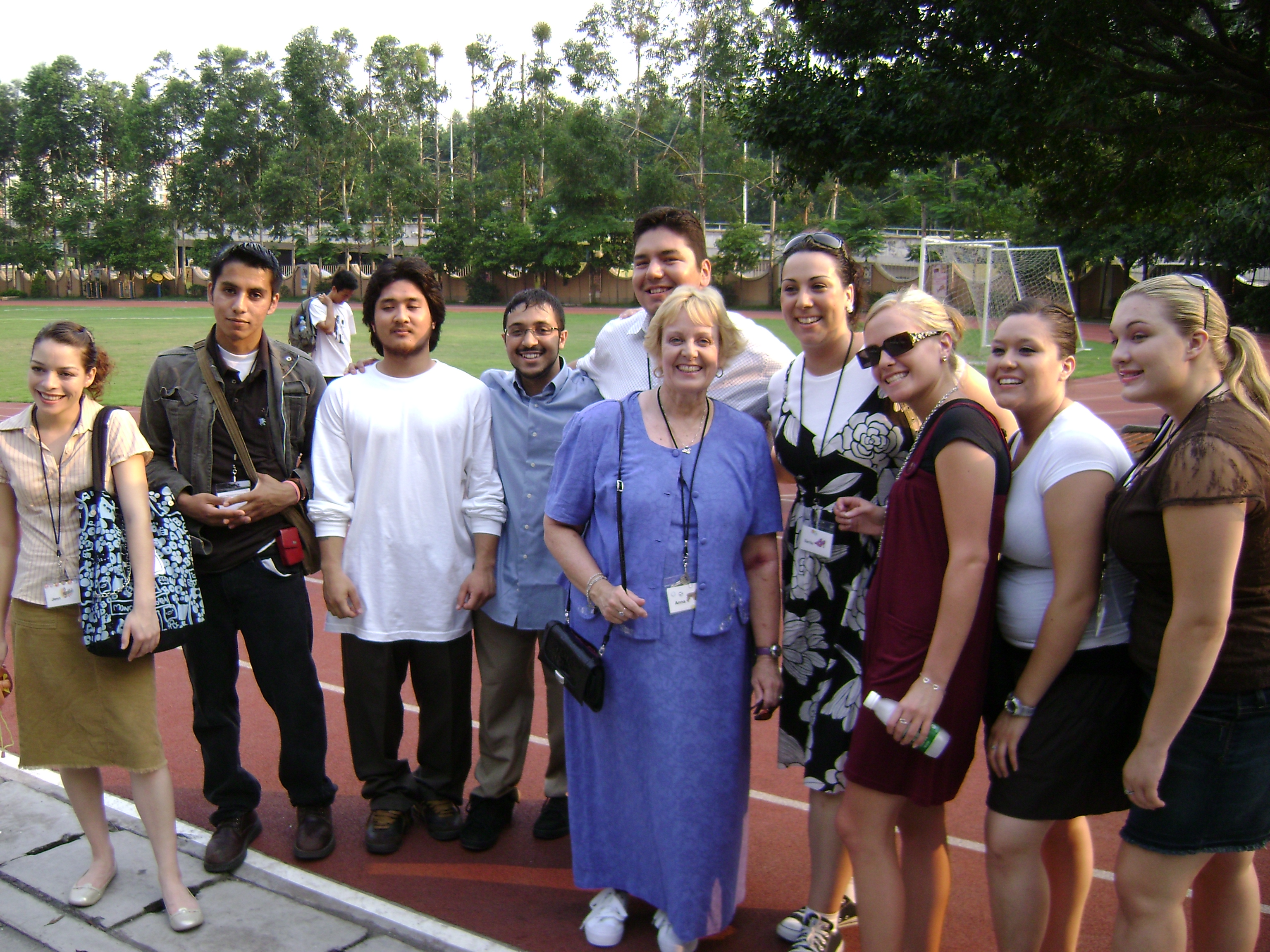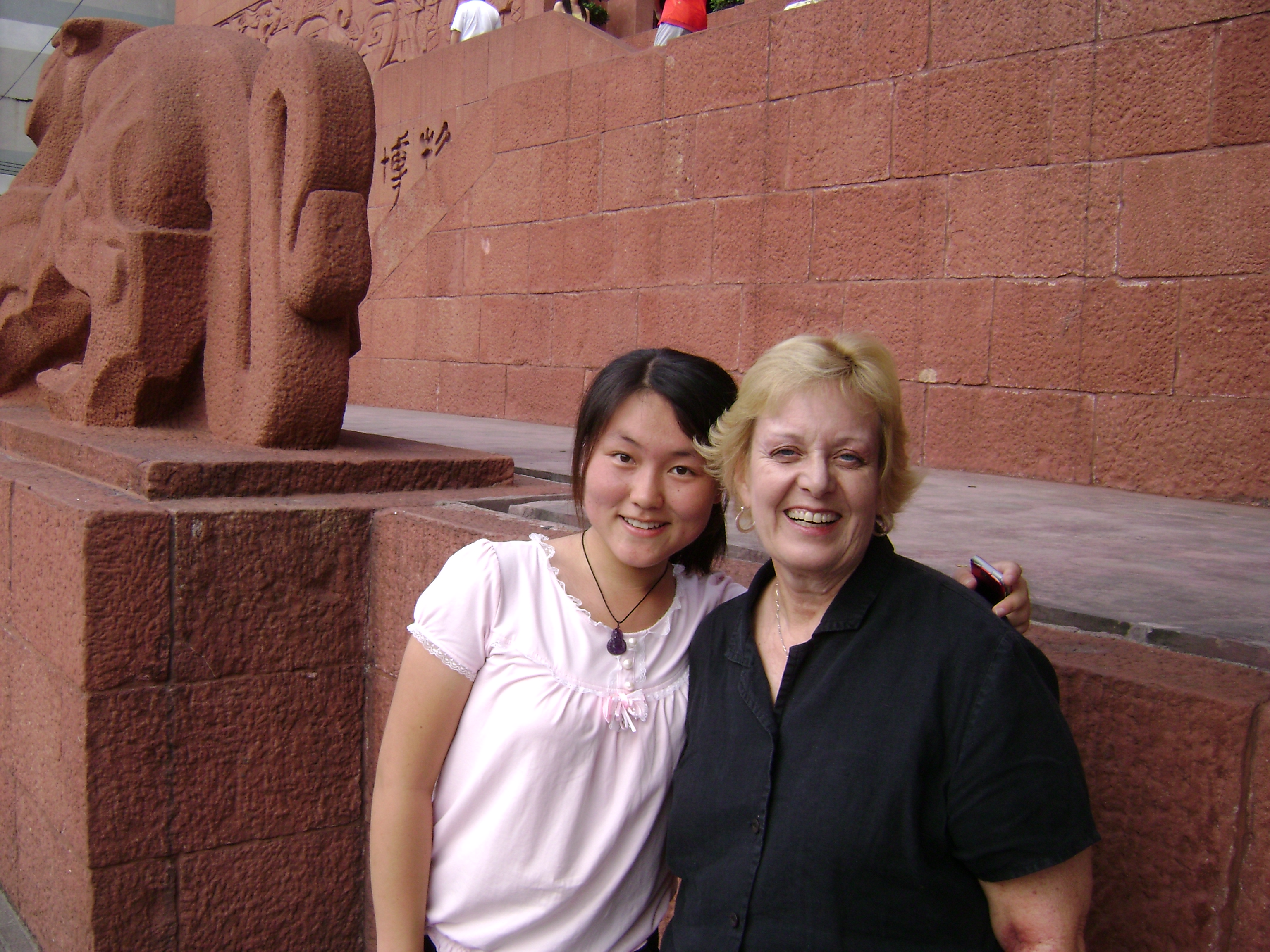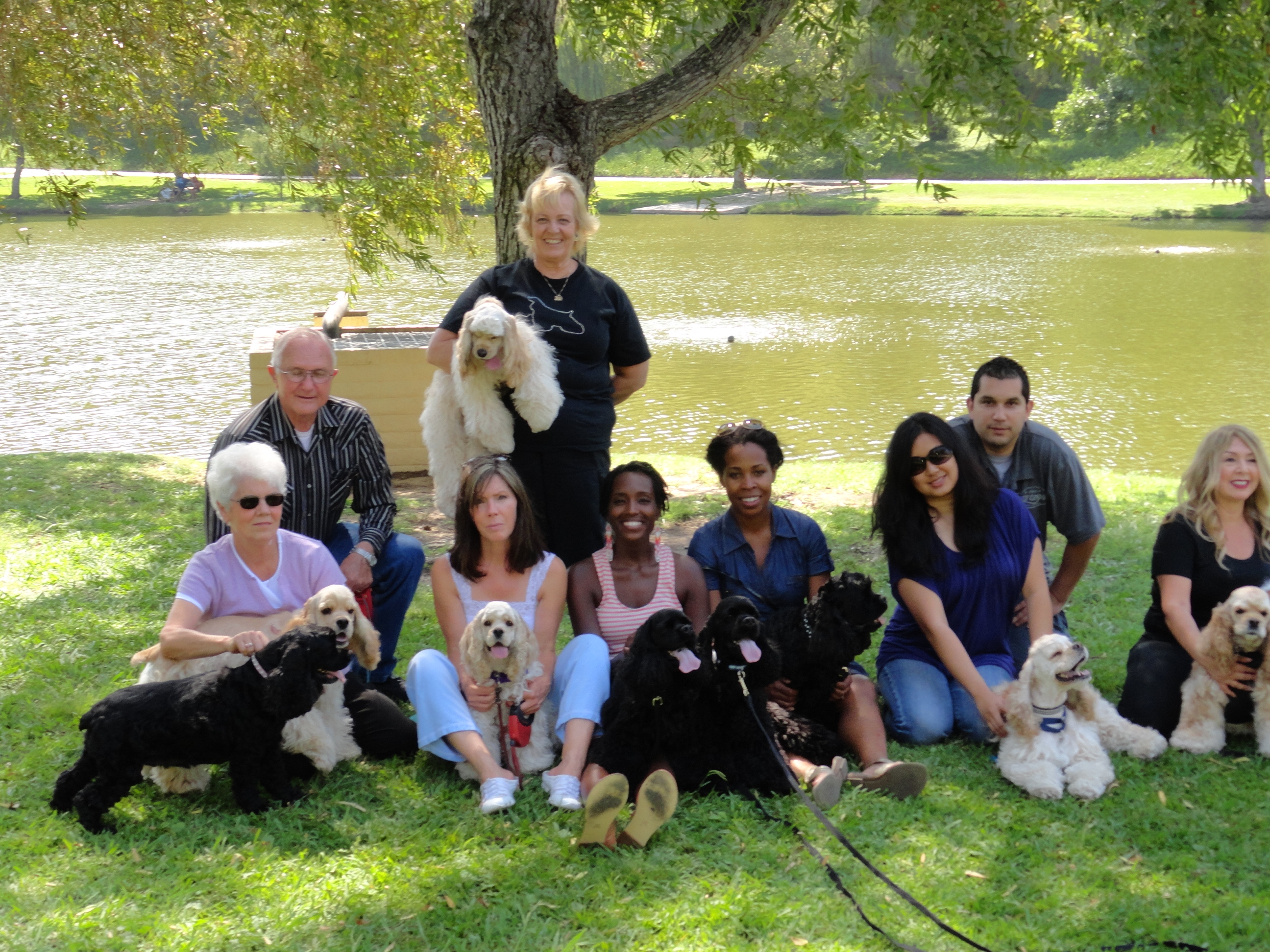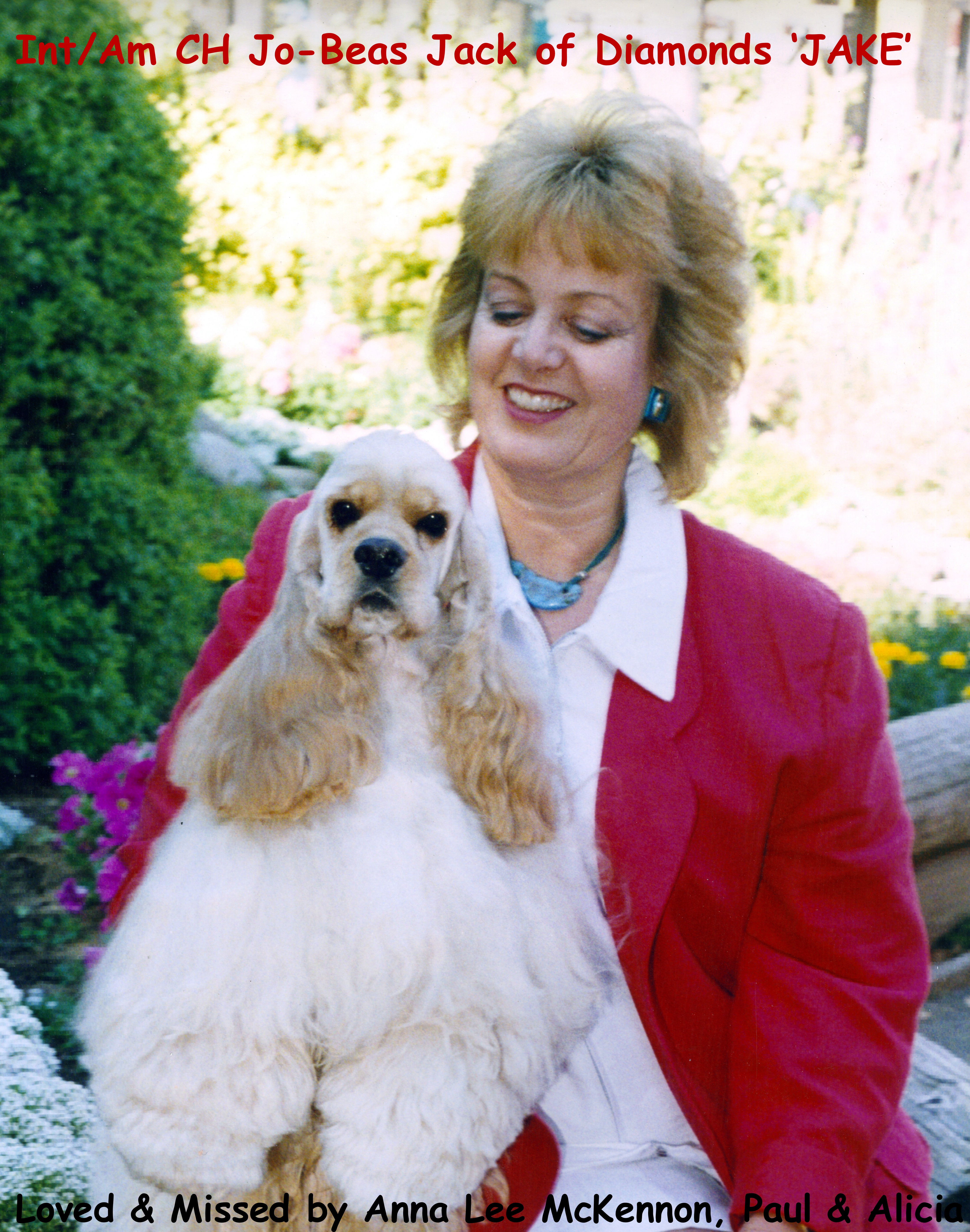|
Favorite places and people









Professor McKennon's Background & Interests After working in the business management field of dentistry for
over twenty-five years, I decided to do a career change when I was in my fifties. I had always wanted to teach and enjoyed
working with high school and college age people. I also had the opportunity to open my home to teenagers from many different
countries for an American "home-stay" experience. My home was host to teenagers from over thirteen different countries. It
was an especially enriching experience for my two children, Paul and Alicia, who developed a well-rounded world view and appreciation
for many cultures and ethnicities. When my two children were
in college, I also returned to school. I finished my Associate of Arts degree in Business Management and transferred to CSU
Sacramento, where I earned a Graduate degree in TESOL and a Bachelor's degree, Magna Cum Laude, in English. I went on to complete
coursework at the College of Education for a Single Subject Credential, as well as a Masters degree in English Pedagogy and
Rhetoric. I was honored to be granted a lifetime membership in the International English Honor Society. My next step was moving to Southern California, where I have been teaching at both Fullerton
College and Mt. San Antonio College for over fourteen years. I have also taught individual classes at Cal Poly Pomona and
was excited to spend a summer in Dongguan, China as a group leader and Master teacher for their Real English Teaching Abroad
Program. I had a wonderful team of Master students and furthered my appreciation of the Chinese culture and people. My two children are grown now and both completed degrees at California
colleges. My daughter has a BA degree from CSUFullerton, and my son has a degree from UCLA. They both are successfully pursuing
active careers in their chosen fields. My personal passion
is American cocker spaniels, and I bred and exhibited under the kennel name Bayserenade Cockers. I no longer breed but
am happy and proud to see beautiful cockers from my line show in many different countries and across the United States. I
currently live with and love two of them, Mitze and Tempo.
I love teaching, and I love guiding my students to success in life and society.
Professor Anna Lee
McKennon, M. A.
Teaching Philosophy
In American colleges, the
demographics of the average
classroom are increasingly multicultural, reflecting a wide range of English
language literacy levels. Students come from a mixed cultural/ethnic background,
giving our classrooms a richness and diversity which truly defines our American
culture. Reading and responding critically
to a
variety of texts that represent diverse American ethnic and cultural groups, as
well as relevant sociopolitical issues, can help students in our classrooms
build a bridge of understanding between the groups that make up our expanding
global community. If students are
encouraged to explore relevant social and cultural issues from a personal
cross-cultural perspective, they will be more inclined to write responses that
are stimulated by open dialogue.
The following definition of higher
education, published in
1995 by the National Council of English Teachers, reflects greater emphasis on
the needs of a culturally and linguistically diverse student population:
A
view of education that envisions
and encourages a curriculum reflective
of the society and the world in
which we live. It embraces and accepts
the
interdependence of the many
cultural ethnic groups within our society and the world. It recognizes that
individuals do not divest themselves of their heritage, and values similarities
and differences in all persons.
Teachers of writing often find themselves in the
uncomfortable position of balancing between holding students accountable to a
specific set of American rhetorical rules and structure, while still allowing
them to express a personal creative and critical thinking process, stimulated
by their own cultural modes of written expression. As a teacher of college composition, I try to
integrate new teaching strategies into my curriculum, while incorporating more
choice regarding multi-cultural texts and rhetorical approaches in composition
assignments – making composition classrooms both student-centered and student-directed.
My sStrategies for
teaching writing seek to stimulate
students to seek understanding and learn to communicate within a multi-cultural
environment, while incorporating their own ideas about social and cultural
issues in their individual writing. The
diversity of a true multi-cultural classroom should be a positive stimulant for
the writing process. All students should feel welcome and empowered in this
type of classroom, regardless of socioeconomic or cultural background
level. Members
of a true multicultural
class possess equal value, without power divisions between “us” and “them.”
My hope is that my
students will be able to progress to a
more mature level of writing when they are taught in a student-centered
classroom where they are able to participate more openly in smaller peer
groups. I seek to understand the
rhetorical obstacles faced by both native and non-native speakers of English,
while developing strategies and activities that will engage and validate all
students in stimulating interaction, as well as bridge communication styles and
patterns, rather than emphasize differences.
Teaching American academic structure can be a positive experience, as
long as we educators recognize that it is not the only model for academic
excellence. Non-native language groups,
such as our many Asian and Hispanic college students, face many challenges in
the English classroom, including rhetorical and grammar differences. They should not have to face the added stress
of feeling that they are the inferior "other" cultural groups,
especially in relation to a dominant Eurocentric tradition.
|

